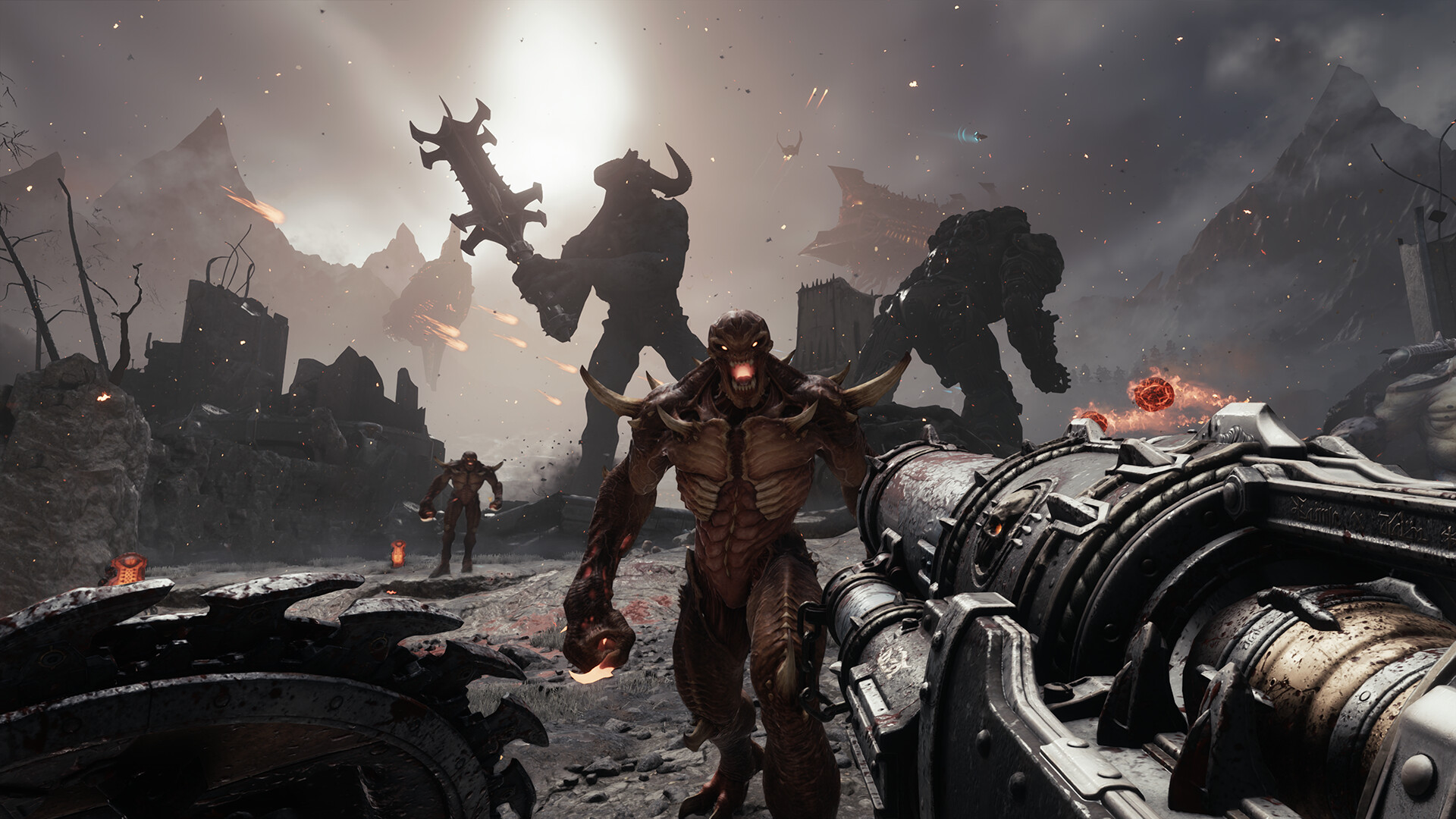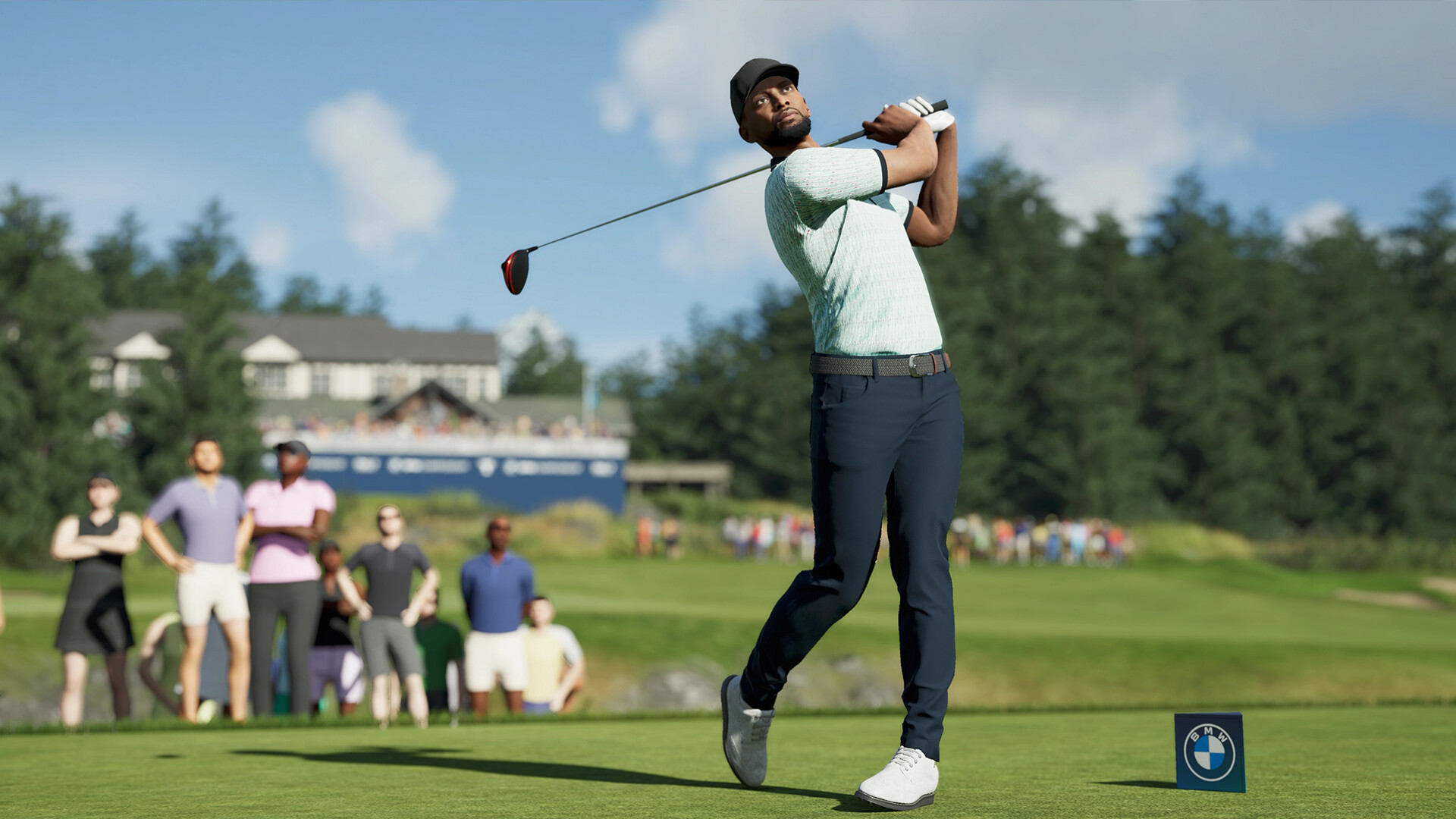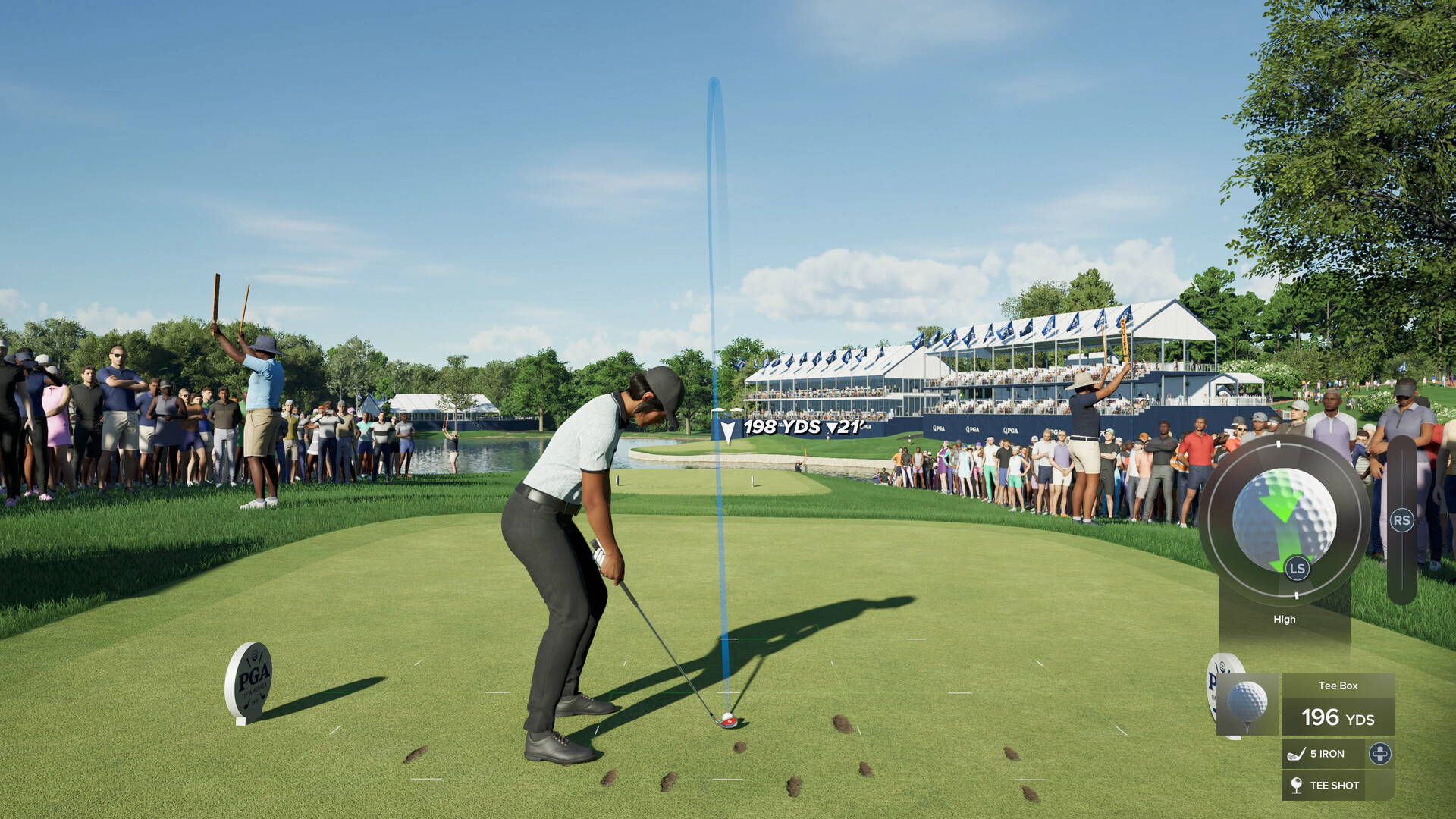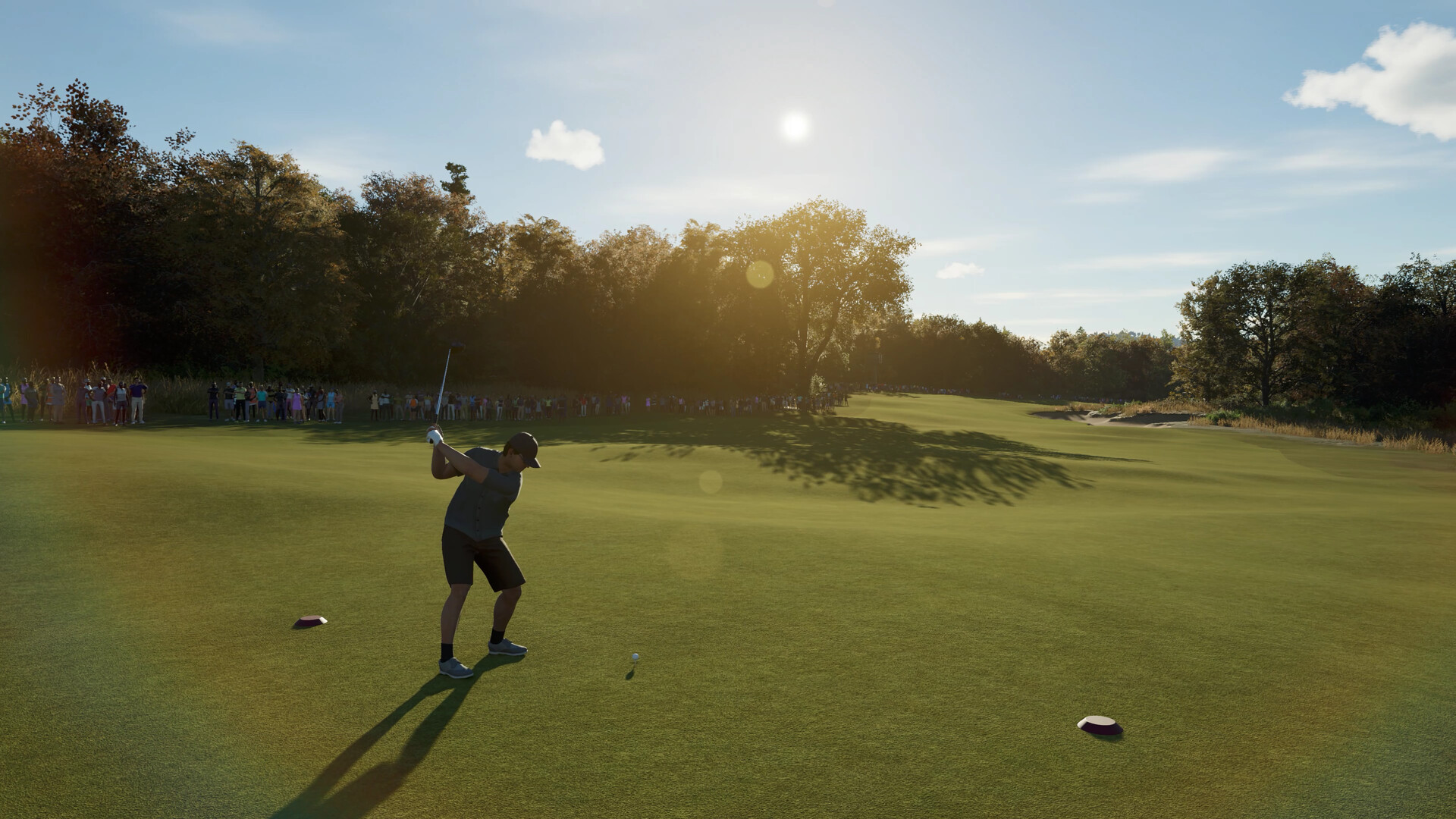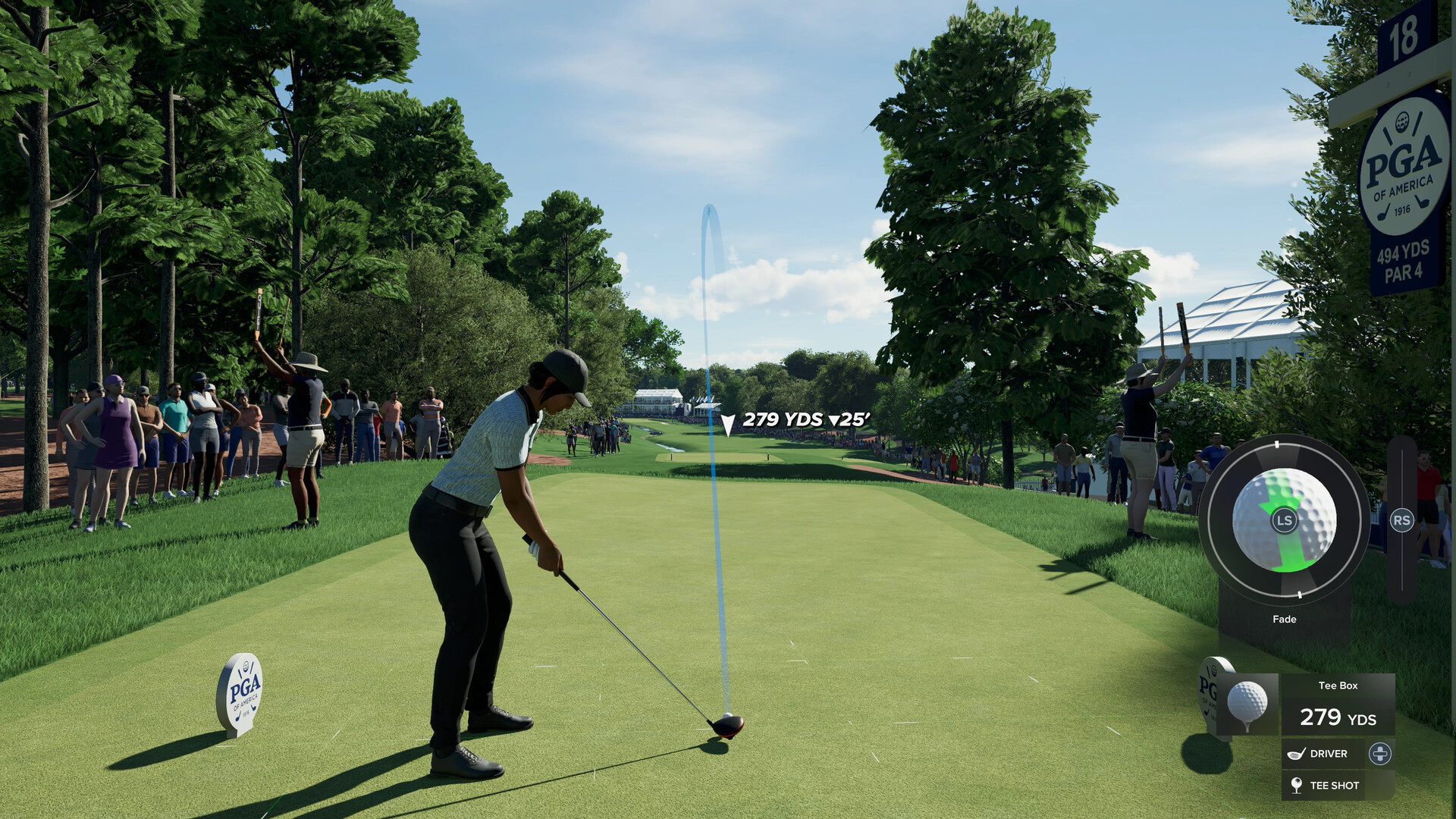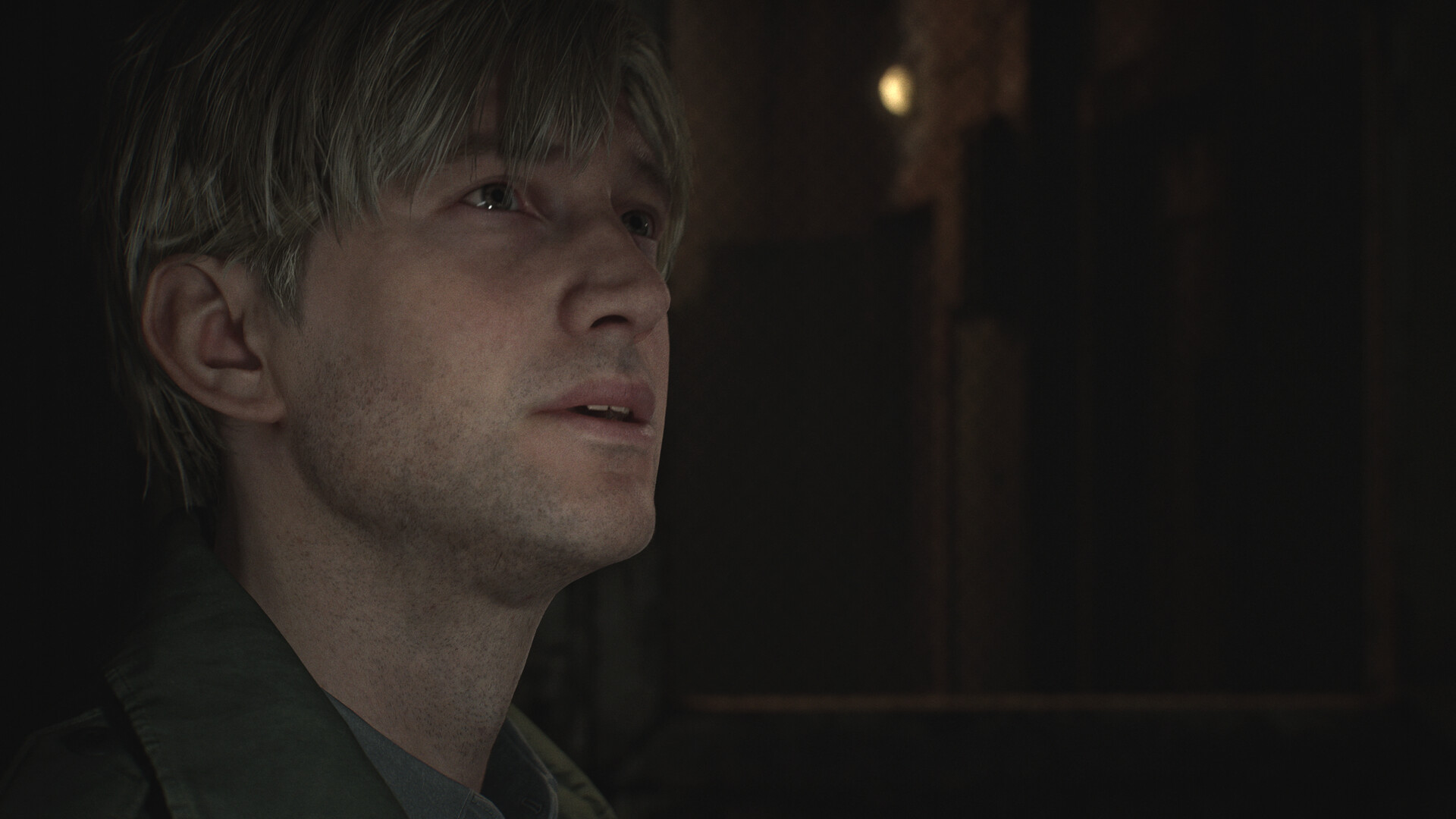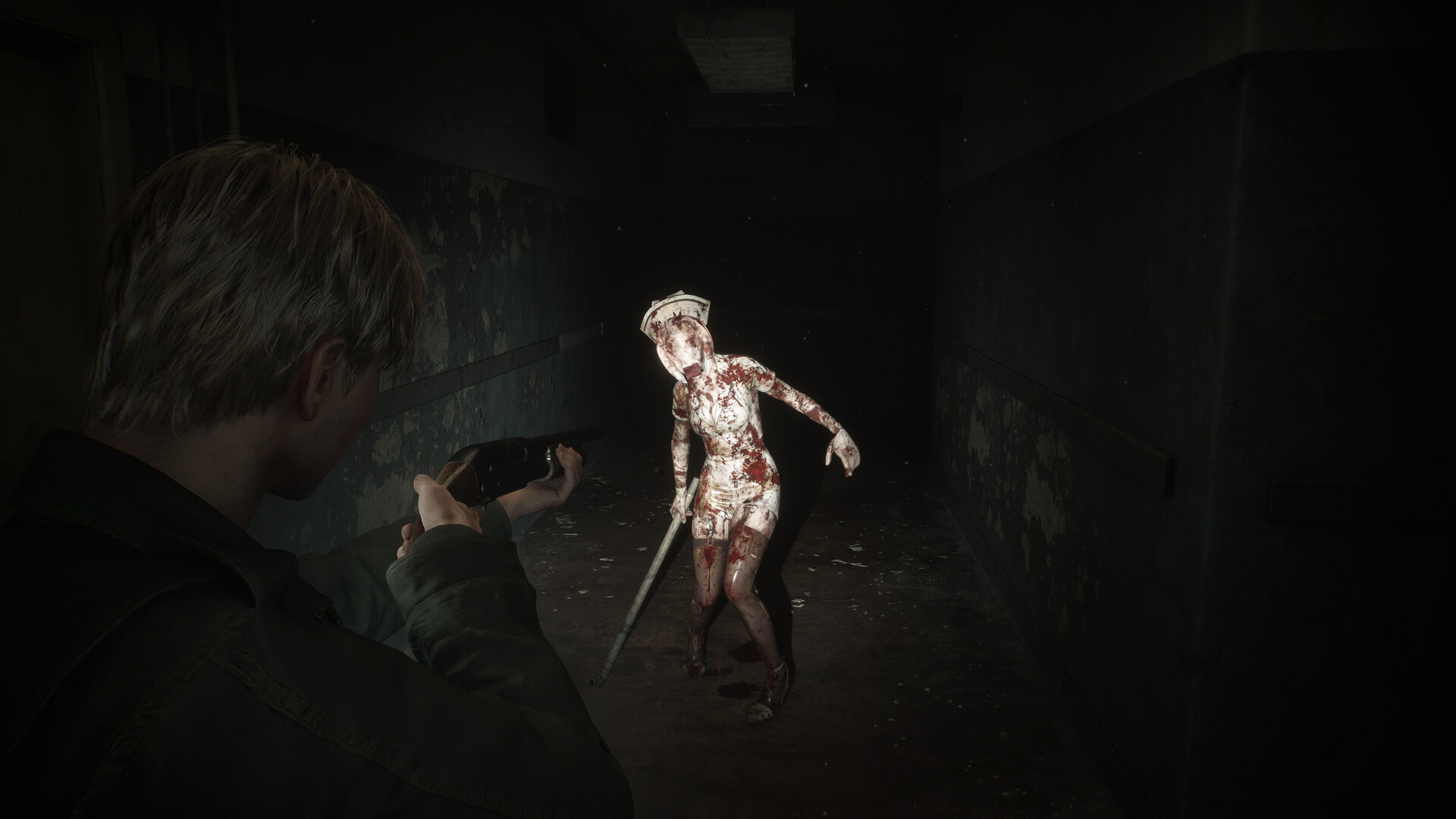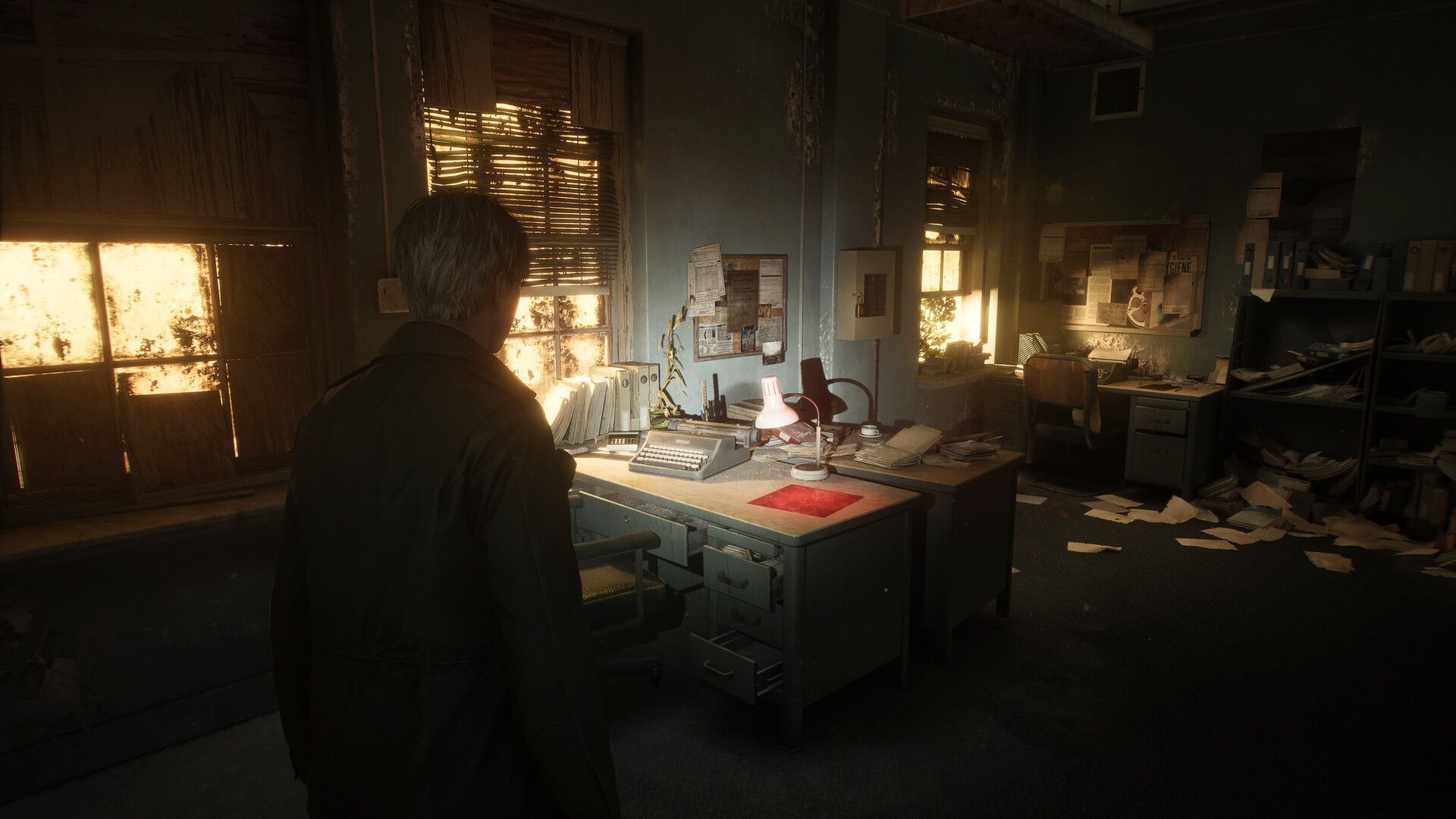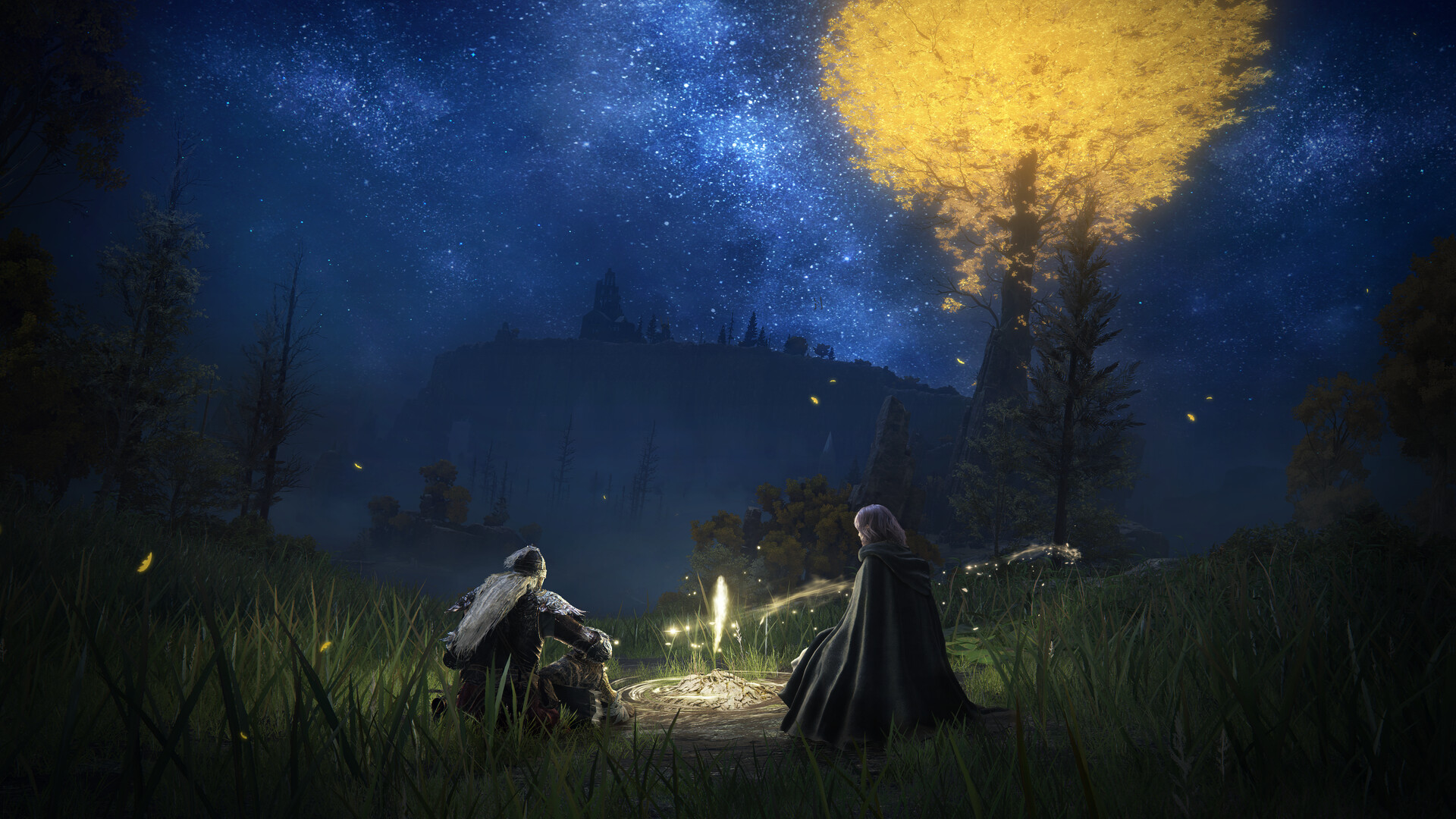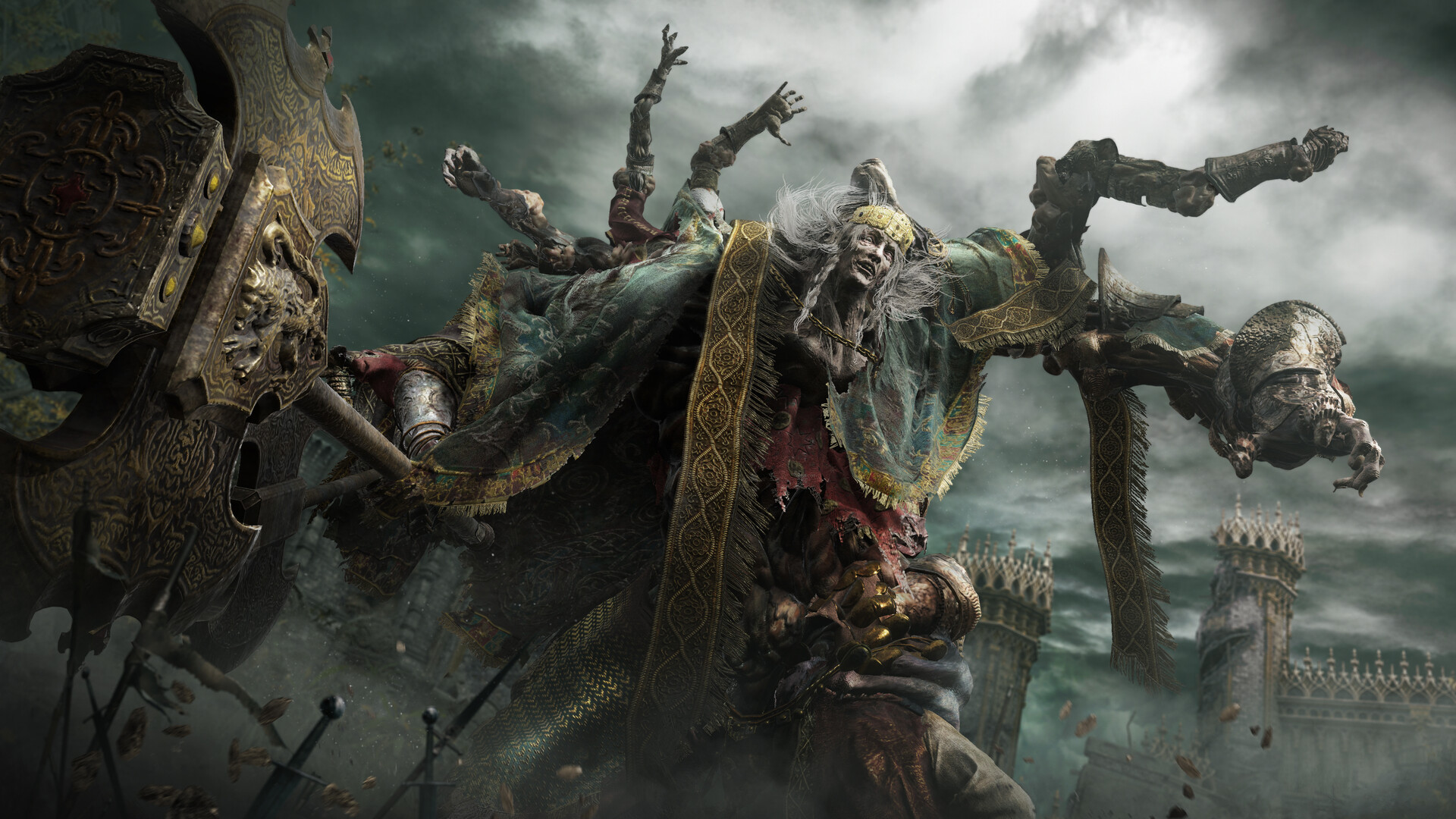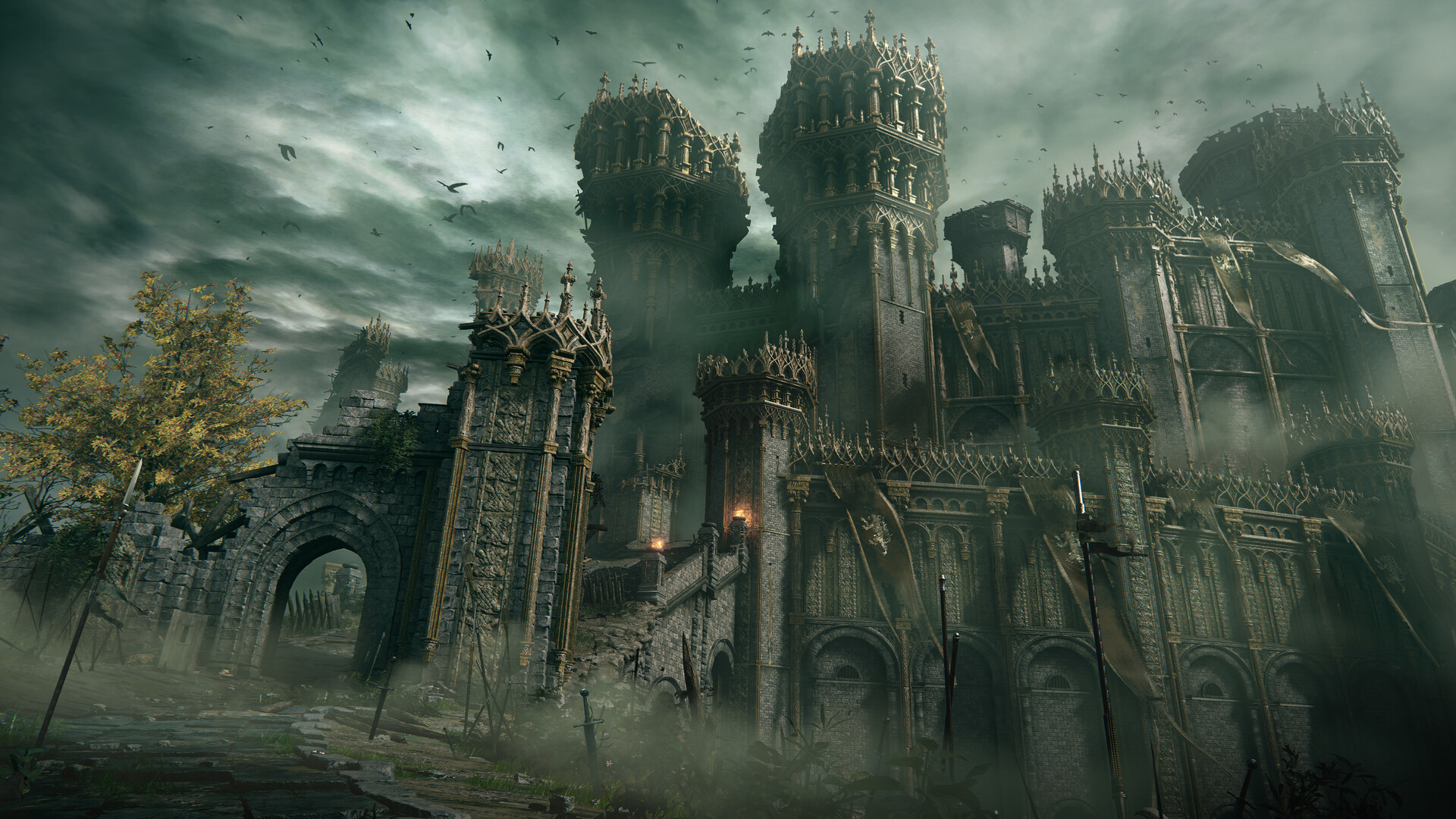Silent Hill 2 (Remake) Review – From The Horror of Reality
Silent Hill veterans and newcomers alike should be prepared to give this game their undivided attention, since it has a massive overload of content compared with the original. The remake is available for PlayStation 5 and PC, so if you buy cheap PS4 games, chances are that you will have to be satisfied with the original: you will get the gist but not the best experience in 2025. While it’s not enjoyable in the common way, it remains unforgettable, and that is what makes it a true horror game.
Scavenging in the Fog
There are various elements to worry about in Silent Hill 2, but if you venture into its depths, you may find something rewarding. The abandoned shops and alleyways are more than mere props. For the most daring players, the environment is teeming with rewards such as ammo, health kits, and other supplies. But it’s not so simple. The fog makes every single move hazardous. With every step you take, you run the risk of choking while simultaneously guessing what would be waiting for you ahead – a dead end, a locked door, or a nightmare that is ready to claw into your mind?
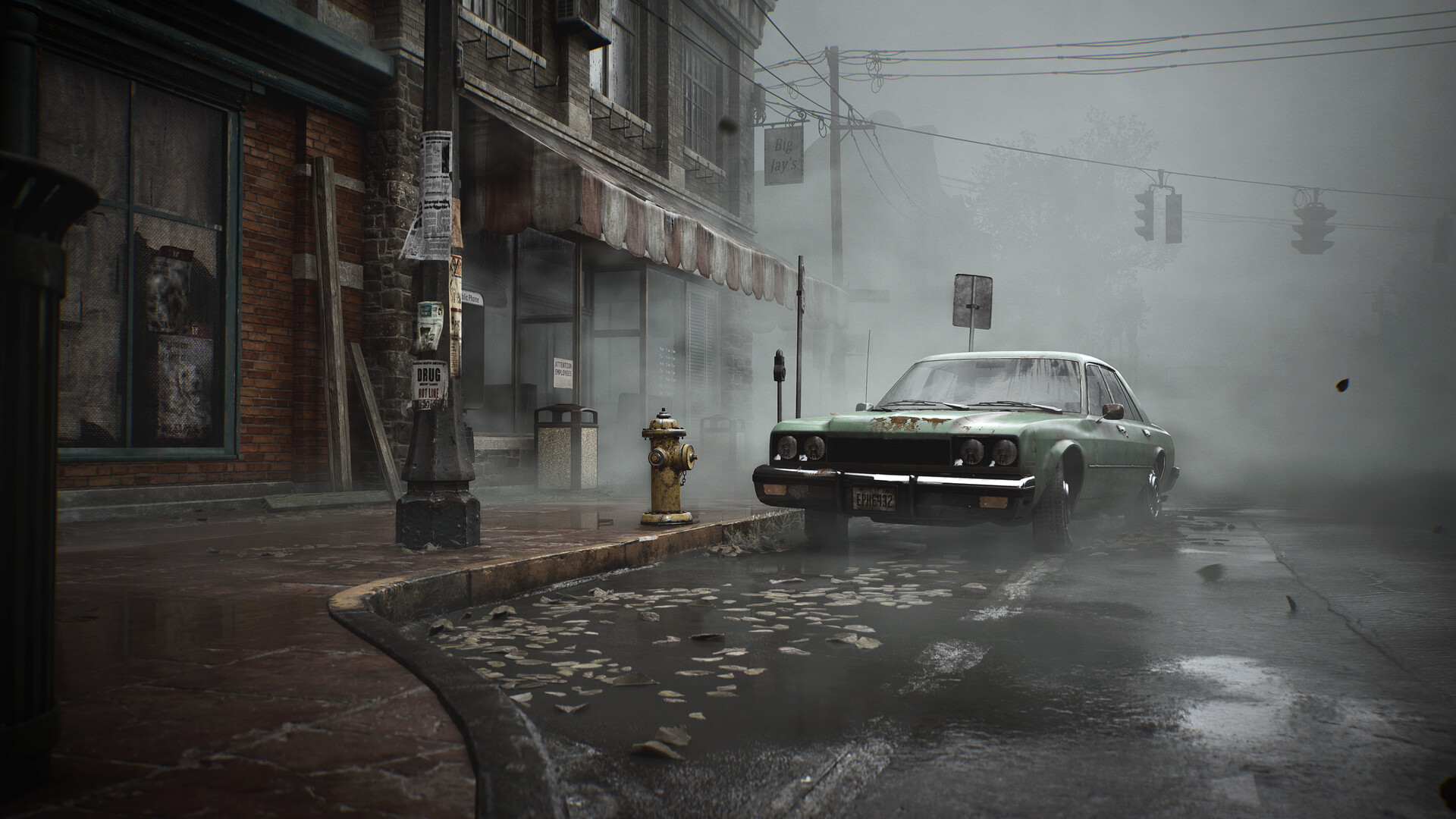
This makes every discovery feel earned. Finding an abandoned stash of bullets or spotting a health drink when you need one is not just satisfying; it is a moment of triumph in a game that tends to be ruthless. But the feeling of discomfort is persistent throughout. Silent Hill is void of calmness, so even at rewarding moments, there is a sense of fear lurking to overpower you. What could be next? It’s impossible to tell what the game could be hiding for you in return for balancing the scales of an item that is extremely useful to players.
Endings Worth the Journey
One thing to appreciate about Silent Hill 2 is the ability to replay it multiple times and still have an astonishingly good experience.
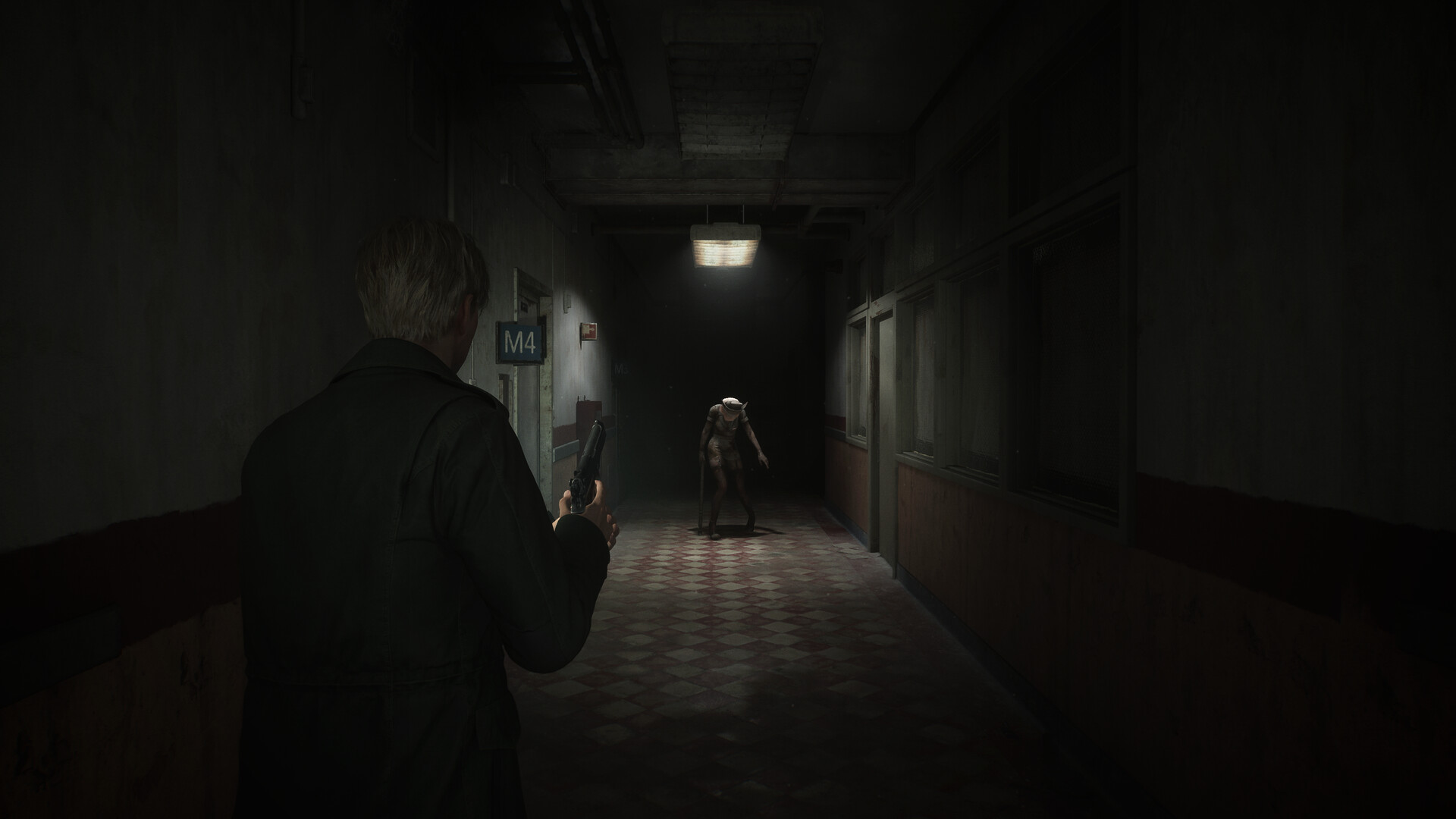
Enjoying all the endings in the game is a progressive challenge as you unlock only three during your first playthrough. Freeing James’ tortured psyche is illustrated through the metaphorical actions of forgiveness, sorrow, and heartache, and through the gameplay, one can create a mosaic of emotions intertwined with deeds done and undone. One of the visual modifiers makes the game more nostalgic by recreating the textures and muted colors from the original release. Silent Hills has always portrayed a place where time is seemingly stagnant, and this filter accentuates that beautifully.
A Dreadful Sight
Let us ponder upon the art of Silent Hill 2; this is a game that knows the effectiveness of visual storytelling. The fog is not only present to hide the PlayStation 2’s hardware struggles; it is a suffocating figure that characterizes this game. The broken-down town, along with its interiors, has aged and tells us its story in a slightly different way. Each and every room and corner of the street is oozing with discomfort. Then there are the monsters; every single one of them is a James' inner conflict. For good reason, Pyramid Head, who has indelibly marked the world with his iron frame and rusted blade, has become ubiquitous. He is more than just a boss; he also embodies retribution and shame. James is always laden with darkness. He represents it all.
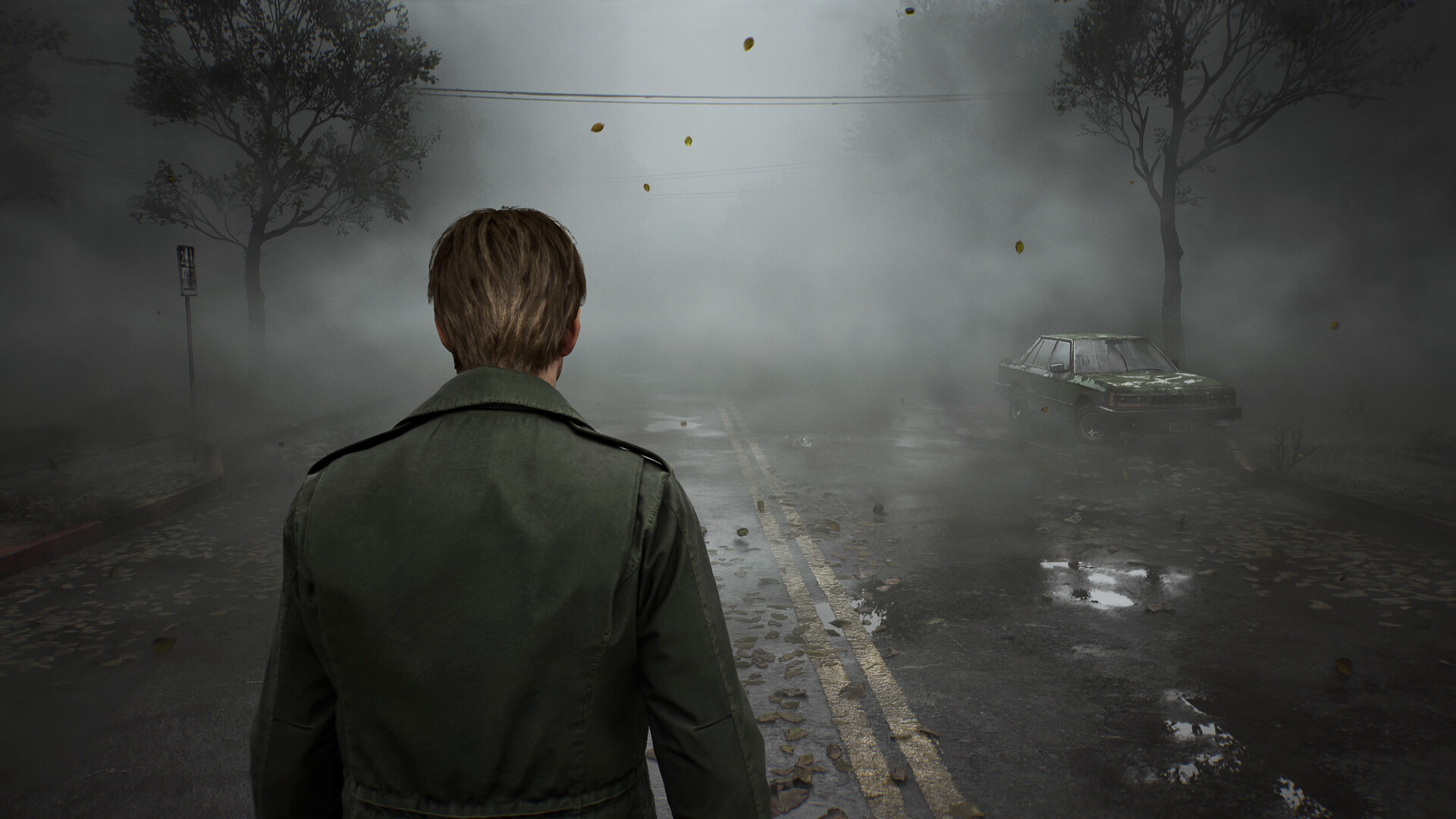
This is taken to a new level with the remake’s updated visuals. The new and improved textures and the enhanced PS5 lighting make the fog even more claustrophobic. And the best part is how committed it is to the that’s left spirit. Their efforts do not weaken the experience; instead, they transform it to greatness through heightening every bloodstain, shadow, and flicker. Every single aspect is carefully drawn, drawing you further into the dreadful nightmare.
Conclusion: A Masterpiece Revisited
Silent Hill 2 is not only a game, but rather an experience. The journey through guilt and sorrow evokes emotions that are difficult to explain, making it a descent into madness. While having enough new elements to feel fresh, the remake captured all of the classic components that made the original a masterpiece. The radio’s crackle and the ever-present fog are an unsettling component of the game, and there is a feeling of dread and immersion in every single aspect of it. As I said in my previous article, Boss Fights and Pacing in Doom: The Dark Ages, some new interpretations work very well (Silent Hill 2), others not that much (Doom: The Dark Ages). If you have a PC or PlayStation 5 and you want to experience the psychological horror of SH2, almost like a thriller, you should start right now.




